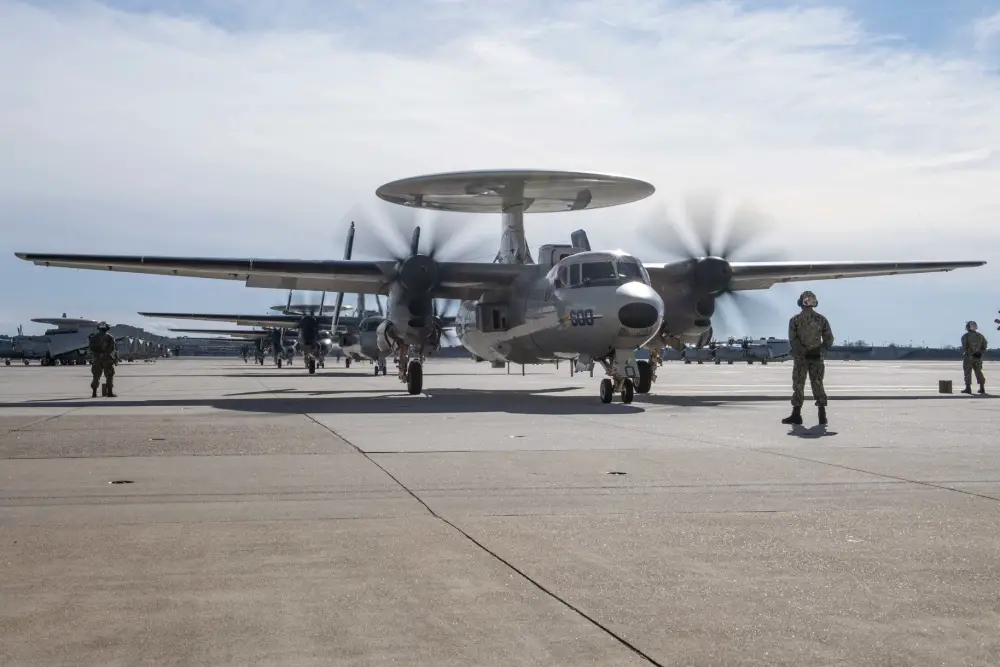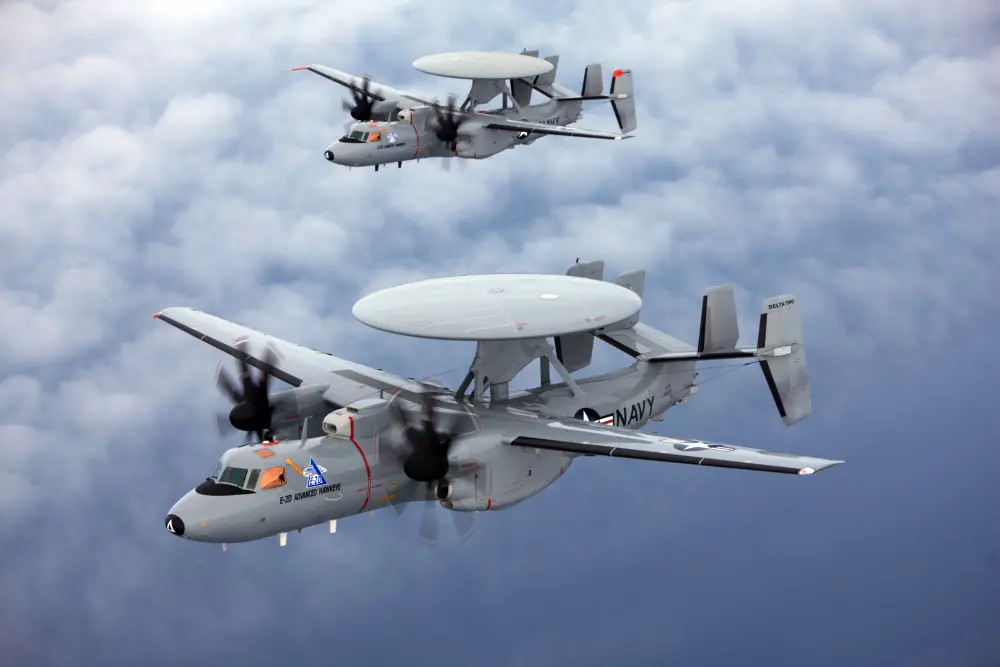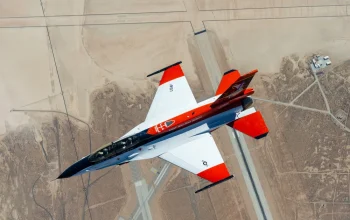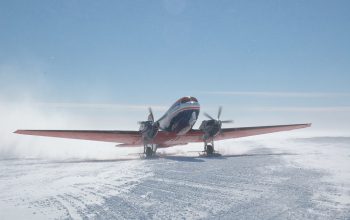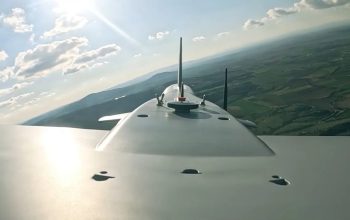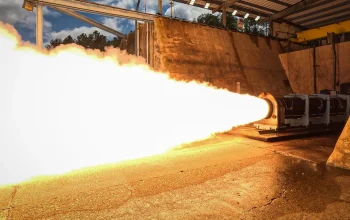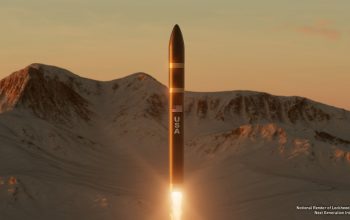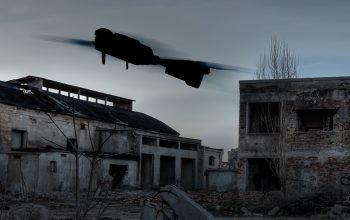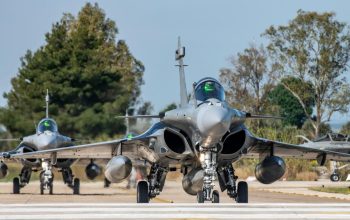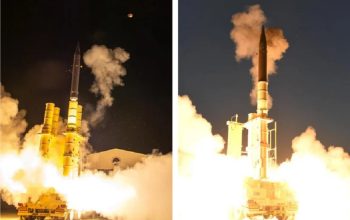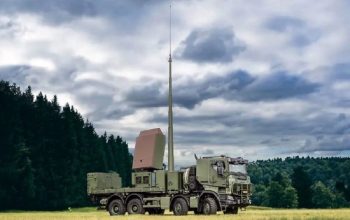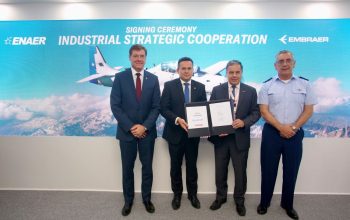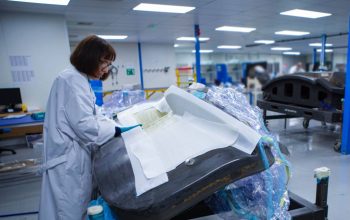The Northrop Grumman E-2 Hawkeye is an American all-weather, carrier-capable tactical airborne early warning (AEW) aircraft. This twin-turboprop aircraft was designed and developed during the late 1950s and early 1960s by the Grumman Aircraft Company for the United States Navy as a replacement for the earlier, piston-engined E-1 Tracer, which was rapidly becoming obsolete. The latest E-2 version is the E-2D Advanced Hawkeye, which features an entirely new avionics suite including the new AN/APY-9 radar, radio suite, mission computer, integrated satellite communications, flight management system, improved T56-A-427A engines, a glass cockpit and later changes should enable aerial refueling by 2020. The APY-9 radar features an active electronically scanned array, which adds electronic scanning to the mechanical rotation of the radar in its radome. The E-2D includes provisions for the copilot to act as a “Tactical 4th Operator” (T4O), who can reconfigure his main cockpit display to show radar, IFF, and Link 16 (JTIDS)/CEC, and access all acquired data. The E-2D’s first flight occurred on 3 August 2007.
On 8 May 2009, an E-2D used its Cooperative Engagement Capability system to engage an overland cruise missile with a Standard Missile SM-6 fired from another platform in an integrated fire-control system test. These two systems will form the basis of the Naval Integrated Fire Control – Counter Air (NIFC-CA) when fielded in 2015. The APY-9 radar has been suspected of being capable of detecting fighter-sized stealth aircraft, which are typically optimized against high frequencies like Ka, Ku, X, C, and parts of the S-bands. Small aircraft lack the size or weight allowances for all-spectrum low-observable features, leaving a vulnerability to detection by the UHF-band APY-9 radar, potentially detecting fifth-generation fighters like the Russian Sukhoi Su-57 and the Chinese Chengdu J-20 and Shenyang J-31. Historically, UHF radars had resolution and detection issues that made them ineffective for accurate targeting and fire control; Northrop Grumman and Lockheed claim that the APY-9 has solved these shortcomings in the APY-9 using advanced electronic scanning and high digital computing power via space/time adaptive processing.
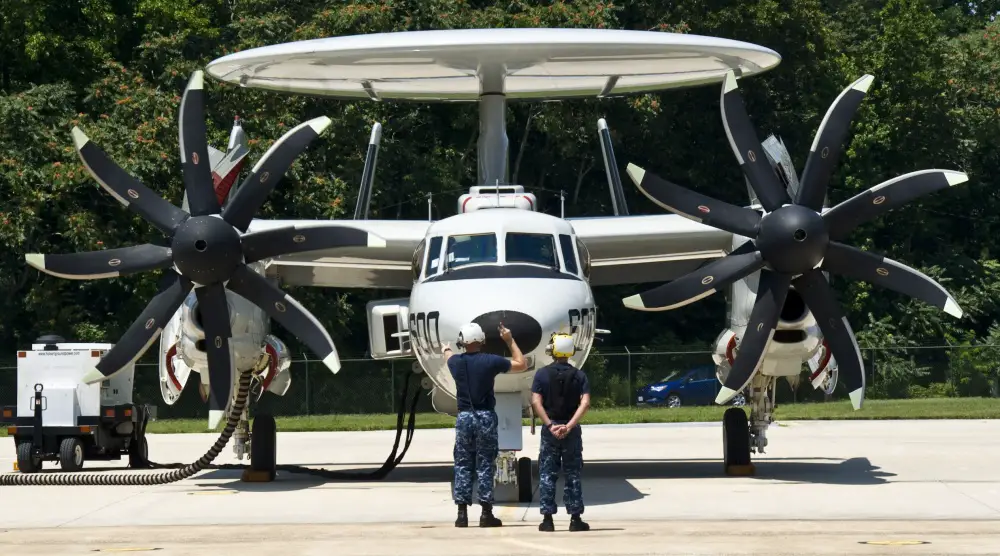
Deliveries of initial production E-2Ds began in 2010. On 4 February 2010, Delta One conducted the first E-2D carrier landing aboard USS Harry S. Truman as a part of carrier suitability testing. On 27 September 2011, an E-2D was successfully launched by the prototype Electromagnetic Aircraft Launch System (EMALS) at Naval Air Engineering Station Lakehurst. On 12 February 2013, the Office of the Secretary of Defense approved the E-2D to enter full-rate production. The Navy plans for an initial operational capability by 2015. In June 2013, the 10th E-2D was delivered to the Navy, with an additional 10 aircraft in various stages of manufacturing and predelivery flight testing. On 18 July 2013, Northrop Grumman was awarded a $113.7 million contract for five full-rate production Lot 2 E-2D Advanced Hawkeye aircraft. On 13 August 2013, Northrop Grumman was awarded a $617 million contract for five E-2Ds until full-rate production Lot 1. On 30 June 2014, Northrop Grumman was awarded a $3.6 billion contract to supply 25 more E-2D, for a total contracted number of 50 aircraft; 13 E-2D models had been delivered by that time.

In December 2016, an E-2D flew for the first time fitted with an aerial refueling capability. This feature will allow the aircraft to double its time on station to five hours, and increase total mission time from four to seven hours. The refueling modification will start being built into the 46th plane (out of 75 planned) for delivery in late 2020 costing an additional $2 million per aircraft, and the U.S. Navy plans to retrofit the feature on all previous Hawkeyes for $6 million per plane. In June 2014, Northrop Grumman was awarded a $3.6bn multi-year contract to deliver 25 new E-2D Advanced Hawkeye aircraft for the U.S. Navy. The U.S. Navy awarded a five-year contract worth £3.2bn for the delivery of 24 E-2D Advanced Hawkeye aircraft in April 2019. The Defense Ministry of Japan ordered an E-2D Advanced Hawkeye aircraft under the FMS programme in January 2015, before requesting one additional aircraft in August the following year with a $163m order.
